Independent Research
Junior/senior level experience in sculpture.
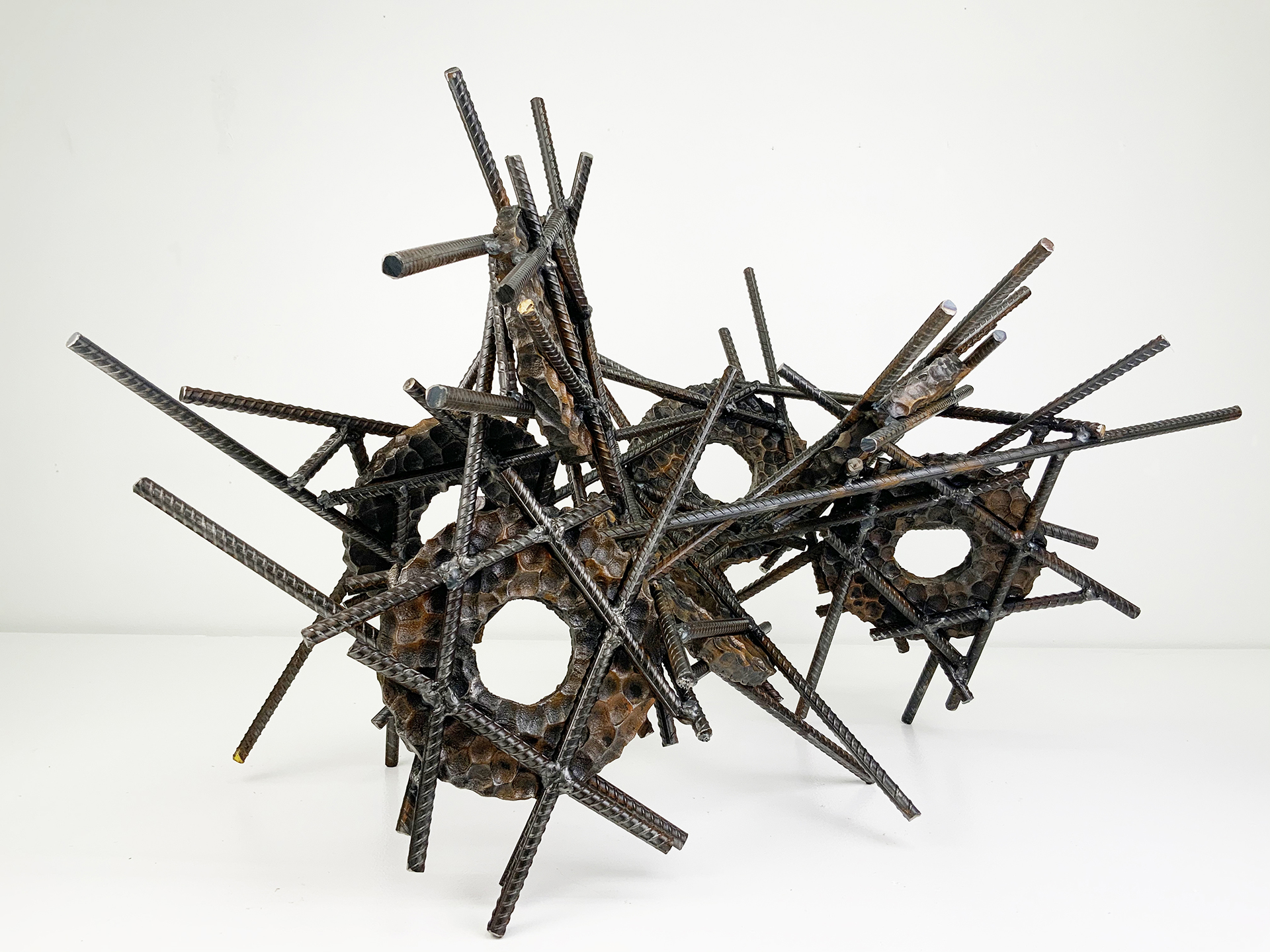
Sculpture Works
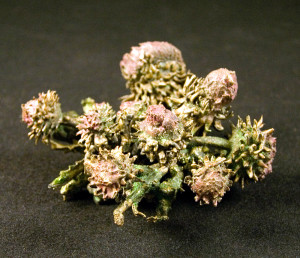 Mission: (Project Description)
Mission: (Project Description)Hollow lost wax casting method: A unique wax pattern will be developed using plaster and rubber molds. The wax pattern will be taken through the “Lost Wax Process” to create a unique bronze or aluminum sculpture with a patina or alternative finishing method. Individual students have a choice to cast a wax form presented from a previous course or to create a new hollow casting for this project. A hollow lost wax casting method is the only technical criteria. If a new casting is to be produced, you are encouraged to create a composition and concept that pushes the envelope of this level course.
This project will challenge and further introduce the student to the processes of casting metal. A traditional investment material of plaster, silica sand and silica flour will be used for this project. The student should show an understanding of the methods listed below. A metal form will be cast and finished by the student.
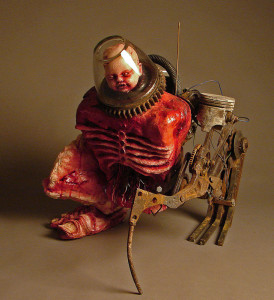 Exquisite corpse or Cadavre exquis is traditionally a drawing technique where a bank of words or images are collected, and assembled to create a finished composition. This project explores this surrealist idea in an assemblage of components to create an “Exquisite corpse” sculptural artifact.
Exquisite corpse or Cadavre exquis is traditionally a drawing technique where a bank of words or images are collected, and assembled to create a finished composition. This project explores this surrealist idea in an assemblage of components to create an “Exquisite corpse” sculptural artifact.
In this project, the student is asked to create five artifacts from the inventory of objects created from previous mold-making assignments. Students are allowed to melt, cut, deconstruct, and transform existing objects and reassemble them into unique sculptural forms/figures. The final form may be prepared as if to be cast in metal using the gating method for the traditional investment lost wax method. Other materials may be added. Attention should be given to how additional materials are fastened to the wax objects. Note whether objects will remain as original material or be cast pin metal.
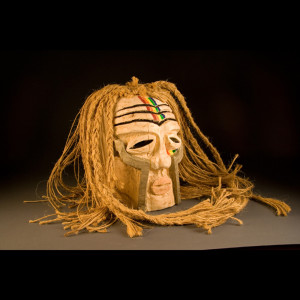 Mission:
Mission:In this project create a wood carved mask that visually merges early and contemporary icons. The mask should take on a combination of both icons chosen. The main material will be wood, other materials can be used to embellish the form. Try to use materials that are a part of our current culture. Accumulated objects or components of devices we use might be good resources. A visit to the salvage yards will be a good resource as well.
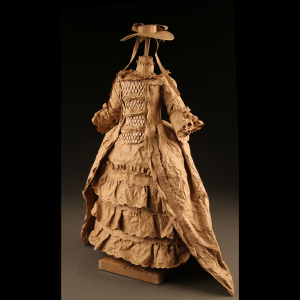 In this project you are to use reclaimed cardboard to render everyday objects. The cardboard structures emphasize the importance of reusing and recycling materials and should provide an inspiring example of creative thought and innovation through repurposing materials.
In this project you are to use reclaimed cardboard to render everyday objects. The cardboard structures emphasize the importance of reusing and recycling materials and should provide an inspiring example of creative thought and innovation through repurposing materials.
Your mission is to build a mechanical object from the structural and aesthetic qualities of cardboard. Using cardboard, adhesives, and possibly some fasteners (such as string, nails, and screws) you will be building a 3 dimensional duplication of a mechanical object/device. The finished form should be at least 18 inches in one dimension. Glues are allowed on this project. Tapes or fasteners may be used as well. Hide them and use them strategically, to develop a consistently crafted object. Think craftsmanship! Folding, cutting, de-lamination, lamination methods and strategically placing cardboard in a consistent structural method should be a goal. Conservation of materials should be considered as well. The size and weight of the final object is a usual obstacle for sculptors.
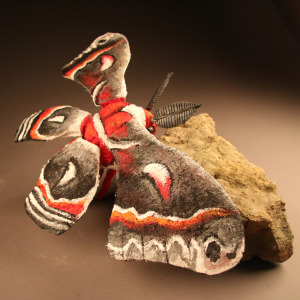
In this project, the student is asked to create a sculptural form from wood material. The form does not necessarily need to look like a specific thing. It may be non-objective if desired. If the goal is to create a representation of a real object, a model should be made available. As a basis, 2×4 material may be purchased.